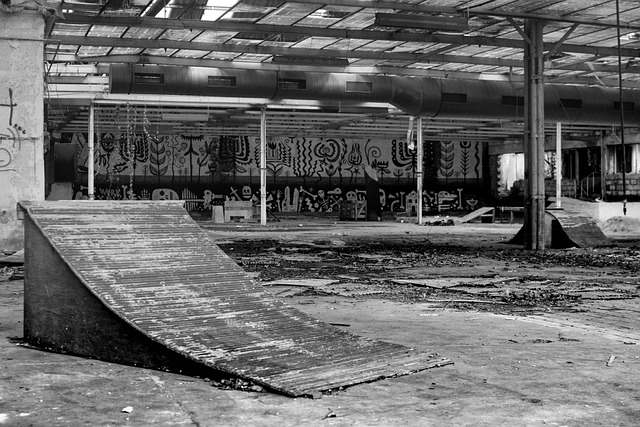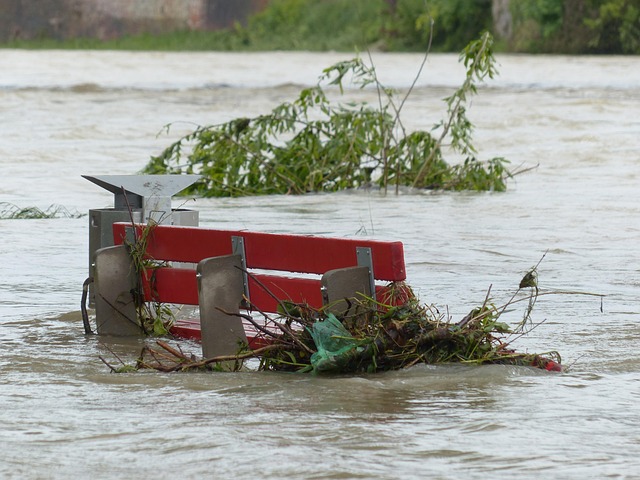Disaster reconstruction teams in San Antonio, Texas, are essential for swift and sustainable community recovery post-disaster. These specialized teams offer immediate rescue, rebuild infrastructure, coordinate efforts with local & national organizations, and foster resilience. Their efficient work, like San Antonio's response to hurricanes, sets benchmarks globally, enhancing physical structures and future disaster preparedness, especially in vulnerable regions.
Disaster reconstruction emergency response teams play a vital role in transforming devastation into resilient communities. In San Antonio, Texas, these specialized groups have significantly impacted post-disaster recovery, demonstrating their crucial function in mitigating loss and accelerating rebuilding efforts. This article explores the significance of fast response in Texas, delves into successful case studies, and highlights the transformative power of disaster reconstruction services in San Antonio, fostering stronger, more resilient communities.
- Understanding Disaster Reconstruction Teams: Their Role and Impact in San Antonio
- Building Resilient Communities: The Importance of Fast Response in Texas
- Case Studies: Successful Disaster Reconstruction Efforts in Recent Years
Understanding Disaster Reconstruction Teams: Their Role and Impact in San Antonio

In the aftermath of a disaster, such as a hurricane or wildfire, communities in need often rely on well-organized and skilled disaster reconstruction emergency response teams to facilitate their recovery. These specialized teams play a pivotal role in San Antonio, Texas, offering crucial support to affected residents and businesses. Their comprehensive services encompass not just immediate rescue operations but also the meticulous task of rebuilding infrastructure, homes, and entire neighborhoods.
Disaster reconstruction services in San Antonio Texas are characterized by their ability to coordinate efforts between various sectors, including local authorities, volunteers, and national organizations. These teams bring together experts in architecture, engineering, urban planning, and environmental conservation, ensuring that reconstruction projects are not only swift but also sustainable and resilient against future disasters. Their impact is profound, fostering a sense of community resilience and providing hope for a brighter future amidst the challenges faced during and after a catastrophic event.
Building Resilient Communities: The Importance of Fast Response in Texas

In Texas, where natural disasters are a frequent occurrence, building resilient communities requires swift and effective disaster reconstruction emergency response teams. The state’s diverse climate, from extreme heat to powerful hurricanes, underscores the need for prompt action following a catastrophe. When disaster strikes, immediate response from well-equipped and trained teams can significantly enhance community recovery and resilience.
San Antonio, a bustling metropolis in Texas, has witnessed firsthand the transformative power of fast disaster reconstruction services. These specialized teams play a pivotal role in navigating the labyrinthine process of rebuilding infrastructure, homes, and lives. By ensuring efficient cleanup, temporary housing solutions, and logistical support, they foster a sense of community and expedite the road to recovery for folks affected by disasters.
Case Studies: Successful Disaster Reconstruction Efforts in Recent Years

In recent years, several successful disaster reconstruction efforts have showcased the resilience and recovery capabilities of communities worldwide. One notable example is the swift response and reconstruction in San Antonio, Texas, after a devastating hurricane struck the region. The city’s emergency response teams, comprising specialized disaster reconstruction services, played a pivotal role in restoring infrastructure and helping residents return to their homes quickly. Their meticulous planning, utilizing cutting-edge technology for damage assessment, and implementing innovative rebuilding strategies, made San Antonio a model for effective disaster recovery.
Another compelling case study is the reconstruction of a coastal town after a massive tsunami. The community came together, supported by national and international disaster reconstruction services, to rebuild not just homes but also critical infrastructure like schools, hospitals, and power grids. This collaborative effort not only restored physical structures but also enhanced resilience against future natural disasters, setting a benchmark for sustainable disaster reconstruction practices in similar vulnerable regions, including areas prone to hurricanes and earthquakes, such as those in the southern U.S., including San Antonio Texas.
Disaster reconstruction emergency response teams play a vital role in enhancing community resilience, as demonstrated by successful cases in San Antonio, Texas. Understanding their unique capabilities and swift action is crucial for building resilient communities capable of recovering from catastrophic events. By leveraging these specialized services, regions like San Antonio can ensure faster recovery times, mitigate long-term impacts, and foster sustainable development. This article highlights the importance of disaster reconstruction teams in Texas, emphasizing their impact on community safety and well-being.
